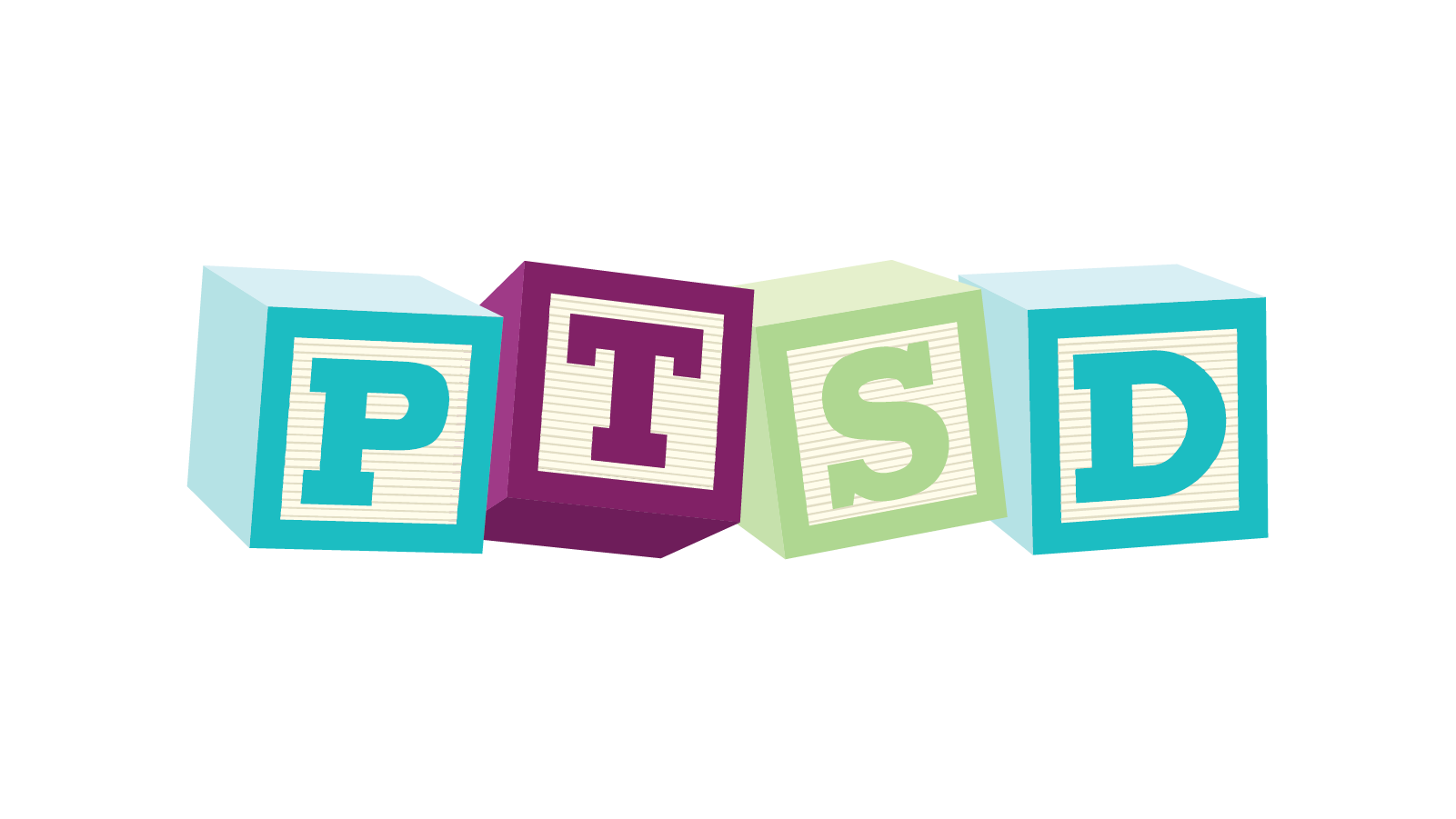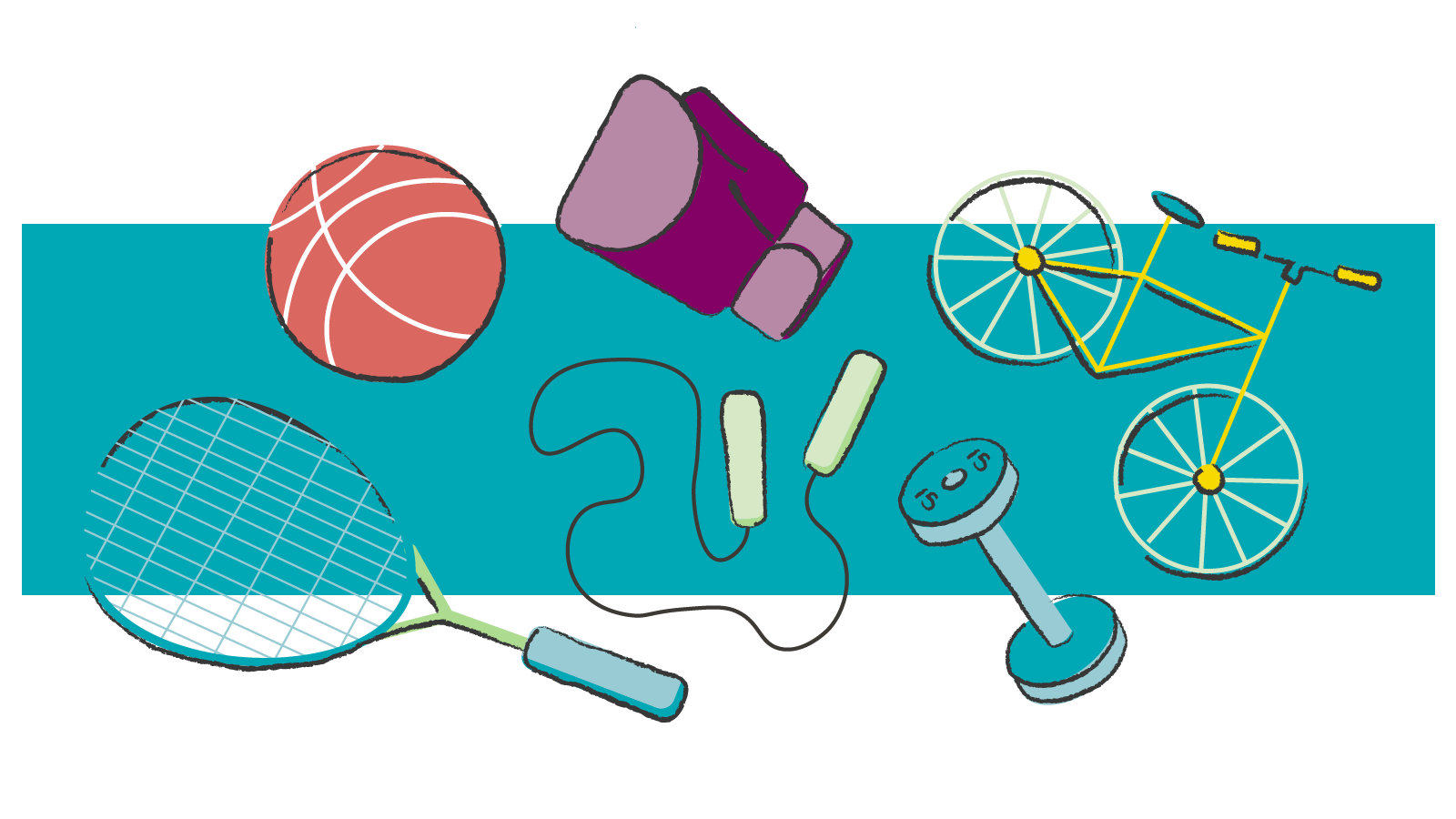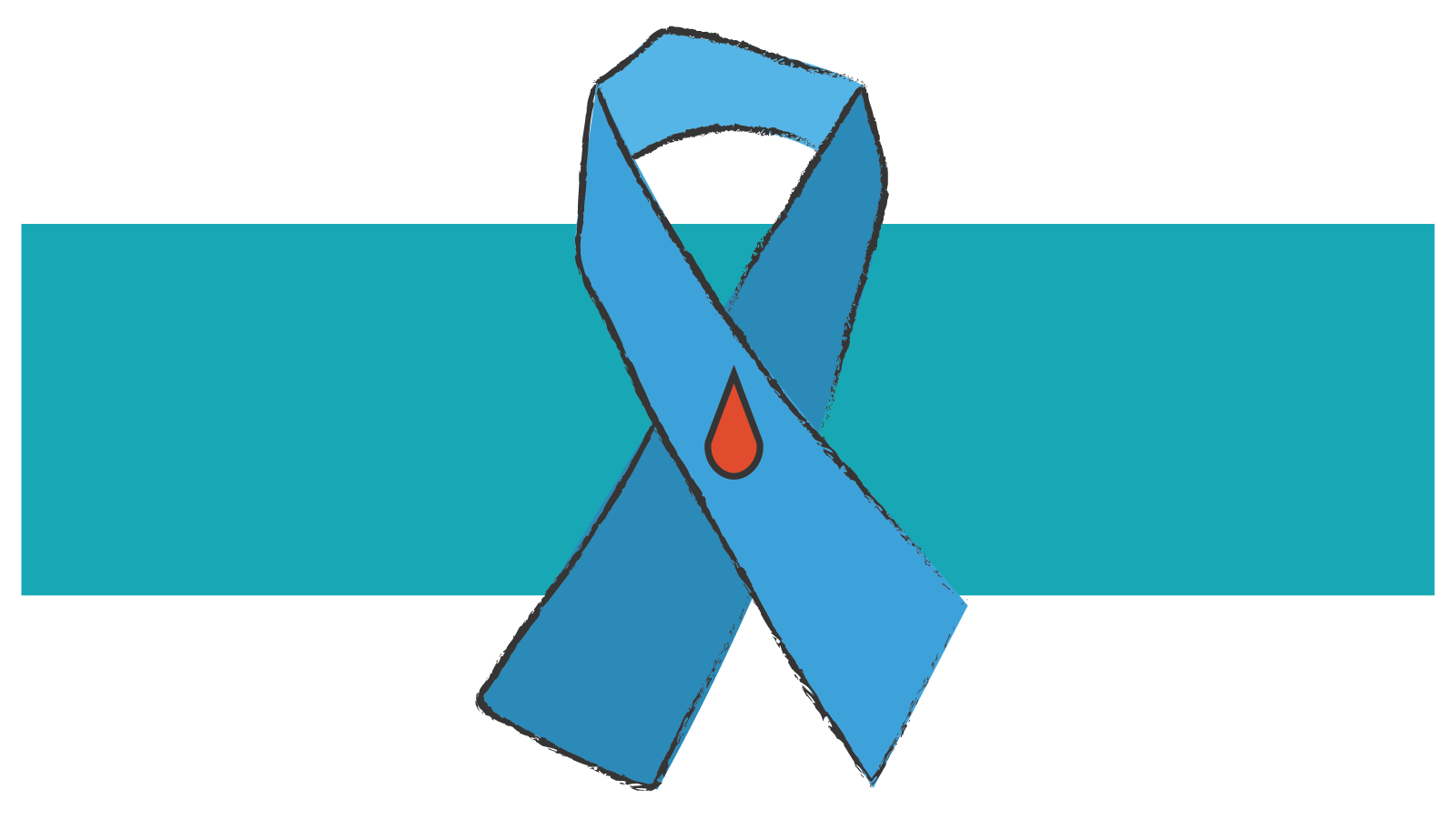Making Fitness Easier: 5 Tips for Starting a Fitness Journey
According to the CDC, only 53.3% of adults in the U.S. meet the aerobic physical activity recommendation and only 23.2% meet both the aerobic and...

The word ”aftermath” has nothing to do with math, and everything to do with harvesting hay. Here's the story: 600 years ago, Middle English-speaking farmers came up with a mashup of their word for 'after' with another very old word for “mowing" to describe their empty fields once harvest ended.
"After the mowing” lost its literal meaning over time, but "aftermath" stuck with us and survived its humble harvesting origins.
It turns out that humans and cultures across time relate to the idea of disruption. We relate to the bittersweet awareness that we are still here in the aftermath of a disruptive event, picking up what’s left and moving on, changed and altered.
Today, we use this word--aftermath--when we talk about life-altering events--events that disrupt what came before, events that bookmark time for us as before, and after: In the aftermath of traumatic events.
Children who survive traumatic events rely on caring adults for compassionate, informed guidance as they recover. When a child’s distress continues to develop for a prolonged period, they may be experiencing post-traumatic stress disorder (PTSD).
Not all traumatic experiences develop as PTSD, but when physical and psychological safety is lost or perceived to be lost, the disruptive impact can linger and take shape in ways that call for additional and professional attention.
Thoughts and feelings may be disordered for a while, and this can change the way we think, feel, and behave over time. In the aftermath, PTSD shows up in the ways we relate to ourselves, others, and the world we live in.
The American Psychiatric Association, CDC, and international health organizations use definitions similar to the VA National Center for PTSD, in regard to trauma survivors of all ages: not everyone develops PTSD after traumatic events, but PTSD can develop in trauma survivors of any age.
Children and teens aren’t exempt from long-term effects of trauma, the VA says, when they “live through an event that could have caused them or someone else to be killed or badly hurt.” When children don’t recover over time, it’s important to know what to do to help.
The US Veterans Administration (VA) first started studying PTSD in 1980 in the aftermath of the Vietnam War, putting a recognizable name to a recognizable effect of war: “For hundreds of years, these symptoms have been described under different names in soldiers from many wars. However, Vietnam veterans with these symptoms were the first to have the term ‘PTSD’ applied to them.”
In the 40 years since, the VA became a leader in researching the long-term effects of trauma among multiple populations, including children and teens.
Today, trauma studies of various populations have increased our understanding of how human brains and bodies respond to traumatic events over time and across stages of development.
Universally, it is important that after the immediate danger passes, children and teens who struggle to recover have access to a comprehensive medical evaluation, personal treatment plan, and caring adults willing to guide them to physical and psychological safety.
According to the National Alliance on Mental Illness, adults can help by
For this, we are asked to listen attentively, guide, and rebuild in the best ways we can, even as we, too, learn along the way.
If you are a Healthcare Highways Health Plan member and would like to learn more about your mental health care benefits, call us! Our Customer Experience Advocates team will help you connect you with the care you need. Check your Healthcare Highways Health Plan ID card for your Customer Experience Advocate team's phone number, or reach out online. We'll take it from there!

According to the CDC, only 53.3% of adults in the U.S. meet the aerobic physical activity recommendation and only 23.2% meet both the aerobic and...

More than 3.8 million breast cancer survivors live in the United States – that includes patients being treated and who have completed treatment.

As the number of diagnosed diabetes cases reaches 37.5 million in the United States, people living with the disease are seeing hope for new and...